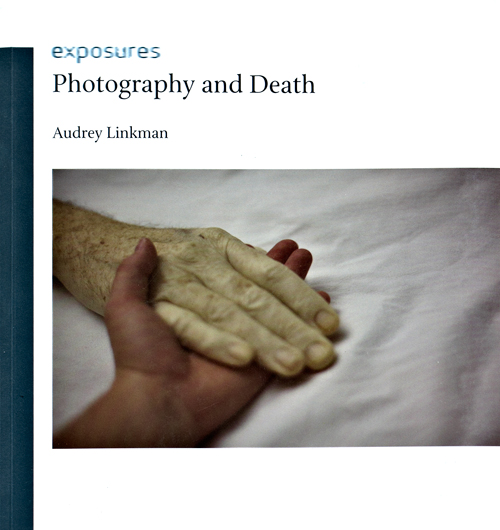| SIMON DENISON IMAGE & TEXT |
| PREVIOUS | NEXT |
PHOTOGRAPHY AND DEATH Audrey Linkman Reaktion Books, 2011 ISBN 978-1-86189-797-6 Pb
Taking photographs of our dead relatives may seem macabre today but for the Victorians (mainly, in the West) it was a sign that the dead were loved and honoured, and served as therapy for the bereaved. Photographs typically showed the dead as if at peace, and the bereaved dignified and resigned. In exceptional cases we see past the illusion: German Chancellor Otto von Bismarck caught slumped on his dishevelled deathbed by two turn-of-the-century paparazzi; or a woman captured by accident, edge-of-frame, weeping helplessly over a dead infant in a London studio. Some pictures were staged to show off the family’s wealth. Others, following the established practice of posthumous portraiture, depicted the dead dressed and sitting up as if living. The eyes were opened and eyeballs turned round – a task easily achieved, according to one account, with the handle of a teaspoon. The identification of the person with their photograph, implicit in much of this, becomes explicit in some mourning customs: gravestone photographs made during life in modern-day Calabria but kept covered up until death for fear of hastening it; or photographs of the bereaved left by graves in 19th century Peru to maintain perpetual communication between living and dead. This is a fascinating and often moving social history, very well illustrated and printed: a gem. |
 |
|---|---|